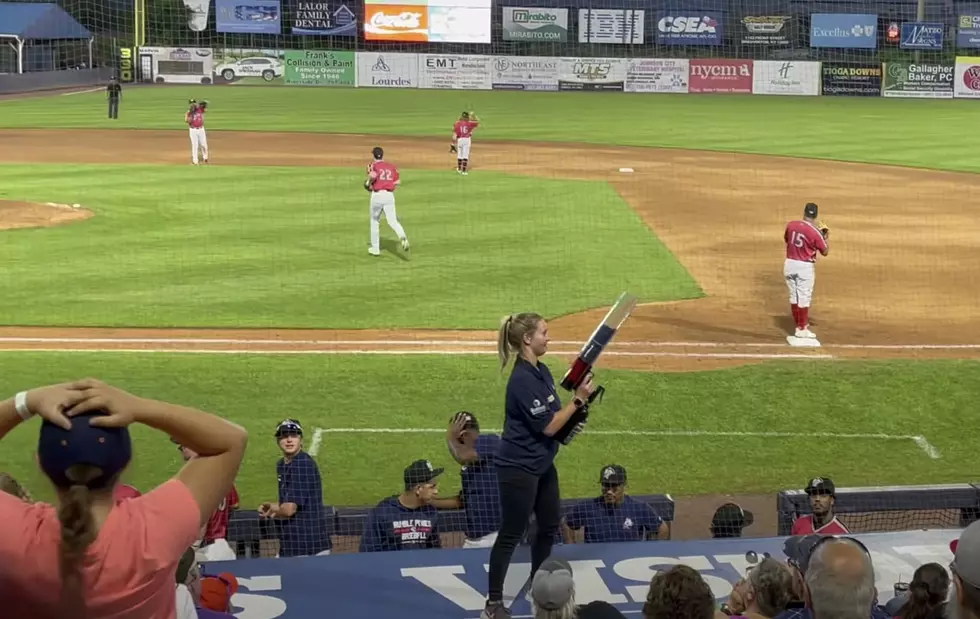
A Labor of Love for ValleyCats’ Journeyman Pitcher
Mark Singeleas wrote a really cool article yesterday in the Albany Times Union. It was about Tri City ValleyCats pitcher Parker Kelly working three jobs, one of them being a professional baseball player. There are drastic differences between being a minor league player and a major league player.
Life for most minor league baseball players is filled with long bus rides; not so great hotels and plenty of fast food. Truly not the formula one would recommend for training a world class athlete. Some players are on their way up to "the show", many are fighting to be noticed, while others are finishing a dream. The Frontier league is filled with all 3.

Most professional players have a good idea where they stand in their organization. In the Frontier League, the vast majority of players are looking to get back to an organization. The average salary range in the league is $600 to $1600 per month. That doesn't leave a lot left over for food, rent, gas, or basically anything. Yes, some veteran players with MLB service time can make as much as $4000 per month, but most players make a small fraction of that amount.
Why do they do it? Why go through those grueling bus rides and ridiculous travel schedules, while trying to stay in shape? Because they can. When teams want you to play baseball for them and are willing to pay you, it can be very addictive no matter what the amount of money is. Like Parker Kelly of the ValleyCats, you find ways to make ends meet. You find ways to keep the dream alive...because you can. Not a lot of people can say that.
LOOK: The most expensive weather and climate disasters in recent decades
More From HOT 99.1









